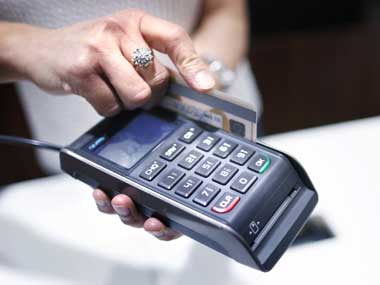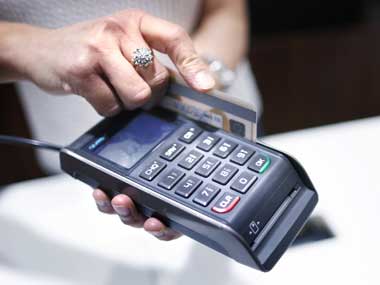The digital payments landscape in India has undergone a remarkable shift in the past year, set on a speedy growth trajectory as the country rapidly moves to a less cash-dependent economy. In another bold step towards building a cashless India, the Finance Ministry, in its communication to banks advised them to begin issuing Near-Field Communication (NFC) – enabled contactless credit and debit cards to their customers. Along with the Reserve Bank of India’s (RBI) deadline for all cards to be chip-enabled by December 2018, this directive will help the Indian Government move a step closer to achieving its target of 30 billion digital transactions in the current fiscal year. Despite a drop in the amount of currency under circulation following demonetisation, the data released by the RBI in the past few months continues to show that cash is still perceived by people as hassle-free, and a lot more convenient to manage, compared to digital payment methods. For most citizens, it is the ease of transacting with cash that prompts them to take that option over digital payment methods. In this scenario, and to understand how contactless cards can come to the rescue of bank customers and merchants alike, consider this: A normal cash transaction takes around 30 seconds or more, from removing cash from the wallet to handing it over to the cashier, and then tucking the change back into the wallet. An EMV (EuroPay, Mastercard, Visa) transaction using the swipe or chip method can take longer since the merchant must first enter the transaction details in the device followed by the customer punching in the Personal Identification Number (PIN). Leapfrogging ahead of these two, transactions through contactless cards lives up to its name, Tap and Pay, and significantly reduces the wait time, as it takes a mere three seconds to complete a transaction. [caption id=“attachment_772733” align=“alignleft” width=“380”]  Representational image. Reuters[/caption] The BCG–Google report validates the Indian consumers’ readiness to adopt digital payments and, at the same time, shows that as many as 75 percent of Indian merchants believe that such payment methods eliminate the cumbersome issue of cash handling and, thereby, improves their operational efficiency. The contactless payment technology, by enabling transactions with a mere tap without the hassle of swiping or inserting a card at the merchant’s end, simplifies payment and offers customers a seamless payment experience. Globally, in more digitally mature markets, there has been a drastic reduction in cash usage, largely driven by contactless payment technology. A recent survey by The Guardian showed that cash usage in UK, a country where contactless cards have had widespread adoption, fell to 40 percent in 2016, against 62 percent in 2006. In Australia, researchers at the Reserve Bank of Australia (RBA) found that 52 percent of payments in 2016 were done through cards, against 37 percent using cash. Also, Visa’s contactless product now accounts for nearly 92 percent of its face-to-face card transactions in Australia. Closer to home, contactless face-to-face Visa transactions have tripled in Hong Kong in the past 18 months, and today, one in three face-to-face Visa transactions is made via a contactless payment. Beyond a shadow of a doubt, these indicate that the future of payments is contactless and a cash-loving country like ours can make a successful shift towards becoming a digital economy, by embracing contactless payment cards. Visa has already rolled out pilot projects with leading Indian retailers and QSRs, and are witnessing an encouraging month-on-month uptick in the use of contactless cards by customers at these outlets. Post recalibration of ATM machines, following the introduction of new currency notes and the subsequent wider availability of large ticket notes vis-à-vis lower currency notes, contactless cards have come to the rescue for low ticket transactions. In order to facilitate widespread adoption of contactless payments, following demonetisation, the industry has also invested in upgrading the infrastructure, thereby increasing the touch points which accept such technologies.
Currently, out of 963 million payment cards in circulation in India, around 15 million are contactless, of which credit cards have the lion’s share.
With 96 percent of the current cards in circulation being debit cards and with the majority up for replacement by December 2018, there lies a tremendous opportunity to shift to contactless payment cards, which could be a remarkable game changer in our efforts to go digital. While we have many opportunities for increasing the penetration of digital transactions in India, there are still instances where people fail to experience a seamless payment experience. This eventually drives them back to using cash. And herein lies the opportunity, the opportunity to leverage technologies which enable and increase stickiness among consumers - the stickiness to use digital solutions and move towards a less cash-dependent and more transparent economy. Going contactless is yet another bold step in this direction, and we believe that the technology will be instrumental in helping India go cashless. (The writer is Group Country Manager, India and South Asia, Visa)


)
)
)
)
)
)
)
)
)



